

Josh Nevett
2025 GWM Haval H6 review
1 Month Ago
The long-awaited second generation Nissan Juke looks the part and has the right features to upstage the Mazda CX-3 and Hyundai Kona. But like all its small wannabe-SUV rivals, there are trade-offs to keep in mind...
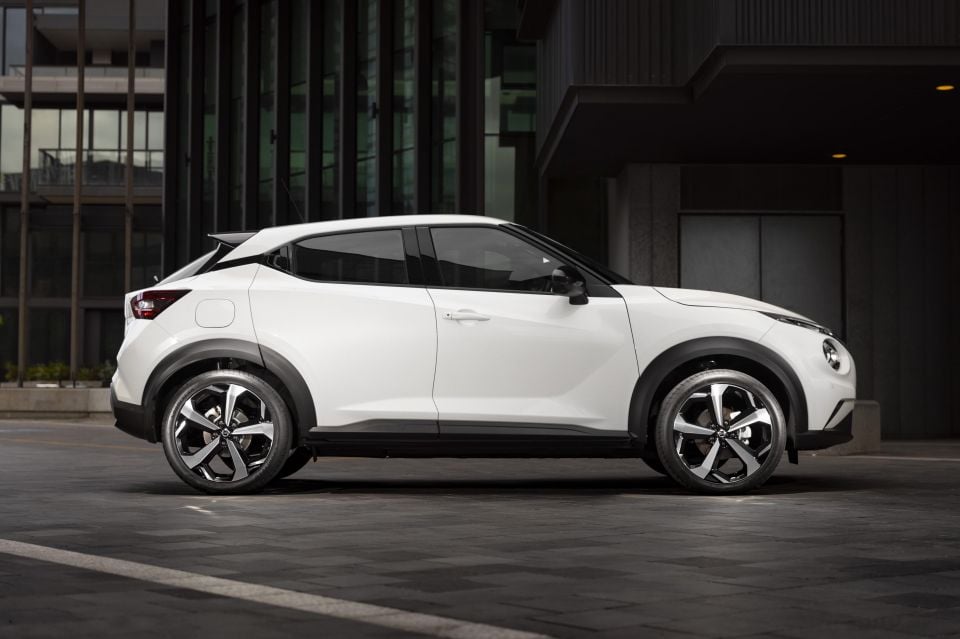


Senior Contributor
New from
$23,490
excl. on-roads

Senior Contributor
New from
$23,490
excl. on-roads


Senior Contributor
New from
$23,490
excl. on-roads

Senior Contributor
New from
$23,490
excl. on-roads
Quickly see how this car stacks up against its competition. Select any benchmark to see more details.
Where expert car reviews meet expert car buying – CarExpert gives you trusted advice, personalised service and real savings on your next new car.
It’s become cliche to cite what a pioneer the Nissan Juke was when it lobbed in 2010. Who knew a strange-looking and high-riding city hatchback was the answer to an unasked question?
While I happily give Nissan credit for this feat of product genius, and for taking the European market by storm, the story for me is how long the company waiting to launch a successor. I’m a glass-half-empty sort.
But nearly a decade on, here it is. The second iteration of an unexpected trendsetter arrives at a party popularised today by the Mazda CX-3, Toyota C-HR, Volkswagen T-Cross, Hyundai Kona and a multitude of others.
And they’ve all become sozzled on sales success while the Nissan Juke looked on.

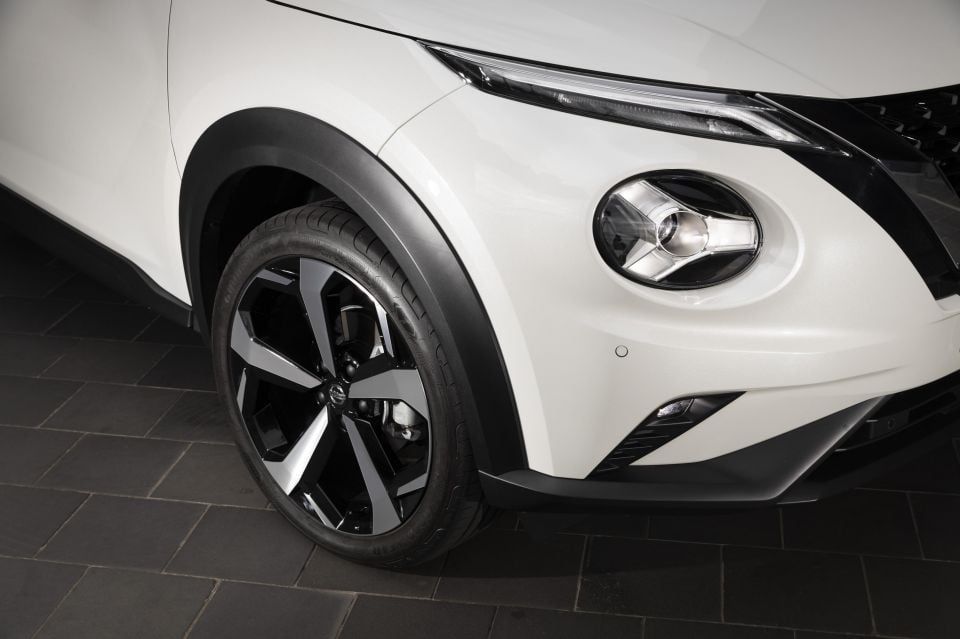
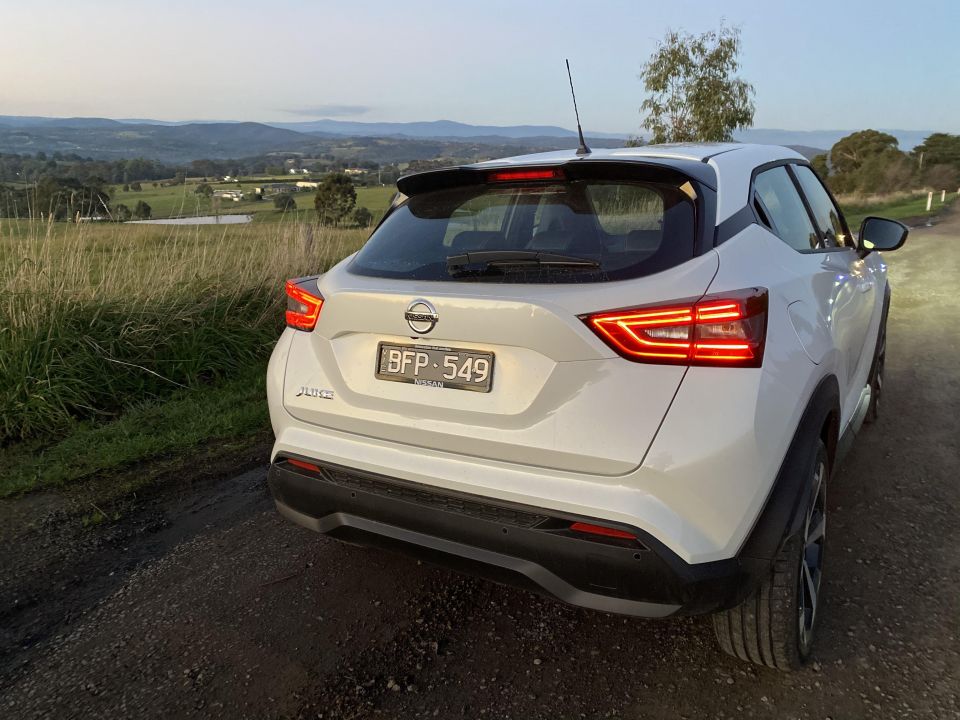
First, while design is subjective, it’s also an important aspect to this car. Happily it no longer resembles an angry frog, but instead has curves and creases in the right places, an agile stance, and good proportions.
This first test is one Nissan has passed. To me, anyway. But that’s just the start of the process. Here we look at the Juke in ST-L spec, which sits beneath the flagship TI and above the ST+ in the line-up.
List price for the mid-spec ST-L is $33,490 before on-road costs, equating to a current drive-away price of $36,490. That’s $3000 more than the ST+ and $3000 less than the TI.
Nissan is also offering captive finance plans, with a five per cent comparison rate over a 48 month term with a 10 per cent deposit, 60,000km allowance, and $16,650 balloon. The weekly payment for this is $103.
Now, that’s not exactly cheap for a car that’s 165mm shorter than a Toyota Corolla, although it is 140mm taller. However the price is no more or less excessive than its competitors.
These include front-wheel drive iterations of the Kona Elite and Highlander ($30,600 and $36,660 before on-road costs respectively), C-HR Koba ($33,940), CX-3 sTouring and Akari ($30,840 and $35,950), and T-Cross Style ($30,990).
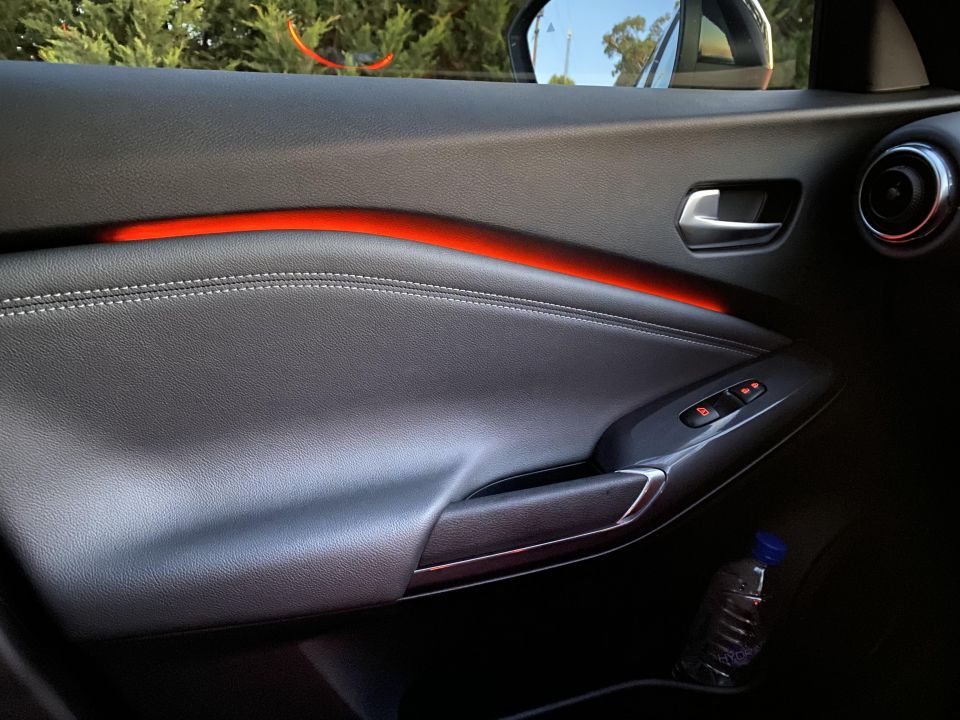
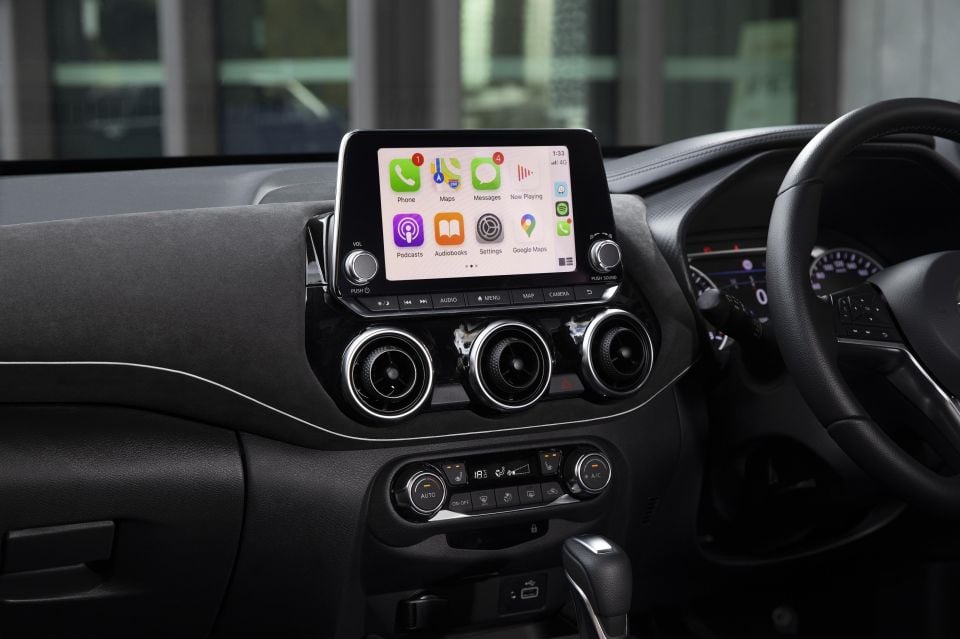
Buy your new car without the stress. It's fast, simple and completely free.

Great service from Travis and team, second time I have used this business would not hesitate to recommend them to anyone
Craig C.
Purchased a Ford Ranger in Sunshine Coast, QLD
CarExpert helped Craig save $7,224 on his Ford Ranger, now let us save you on your next new car.
Get your BEST priceOn the outside you get features such as sleek 19-inch wheels with a space-saver spare, full LED headlights and daytime runners, rain-sensing wipers, automatic high-beam, front and rear parking sensors, and auto-folding and heated side mirrors with LED indicators.
The manually adjustable seats are trimmed in black cloth with partial leather-accented bits, and have two stage bum-warmers for front occupants.
There’s also a black headlining, proximity key and starter button, climate control, one-touch electric windows, and an electrochromatic rear-view mirror.
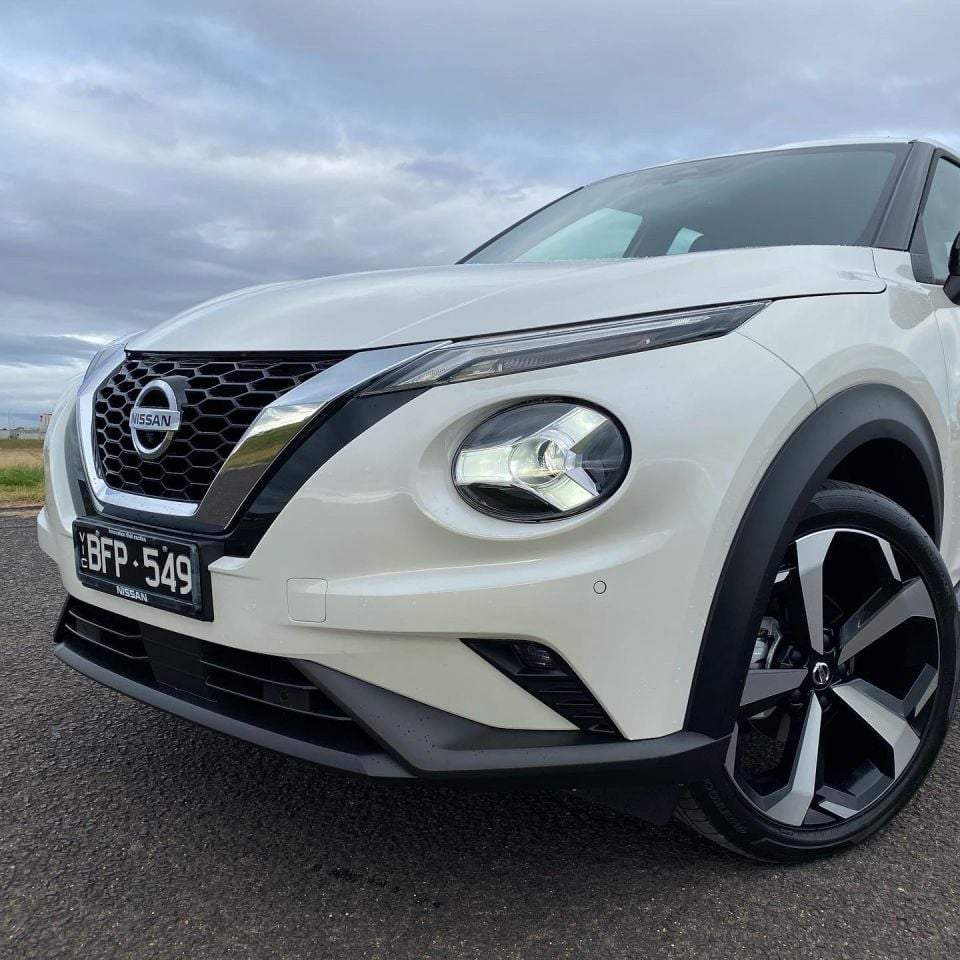
Infotainment is displayed an an 8.0-inch touchscreen running the latest Renault-Nissan-Mitsubishi Alliance system.
It offers satellite navigation, a 360-degree parking camera, Apple CarPlay and Android Auto, digital radio, Bluetooth/USB, voice recognition, and six speakers.
Spending a further $3000 for the TI nets you extras like a different 19-inch wheel design, quilted leather seats with Alcantara bits, rear-seat privacy glass, a shark-fin antenna, illuminated kick-plates, follow-me-home night lighting, and an eight-speaker Bose audio system with speakers in the front headrests.
Sure is. ANCAP awarded it a five-star rating with 2019 date stamp, with 94 per cent adult occupant protection, 87 per cent child occupant protection, 81 per cent for vulnerable road user protection, and 71 per cent for safety assist.
Passive safety features include six airbags, and two ISOFIX anchor points with top tethers.

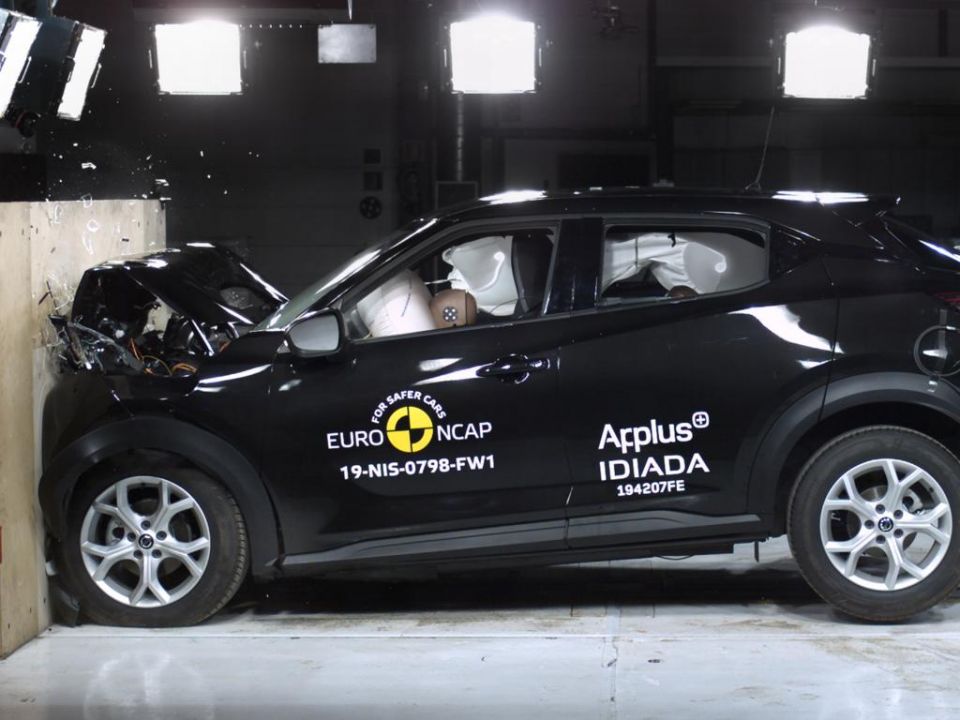
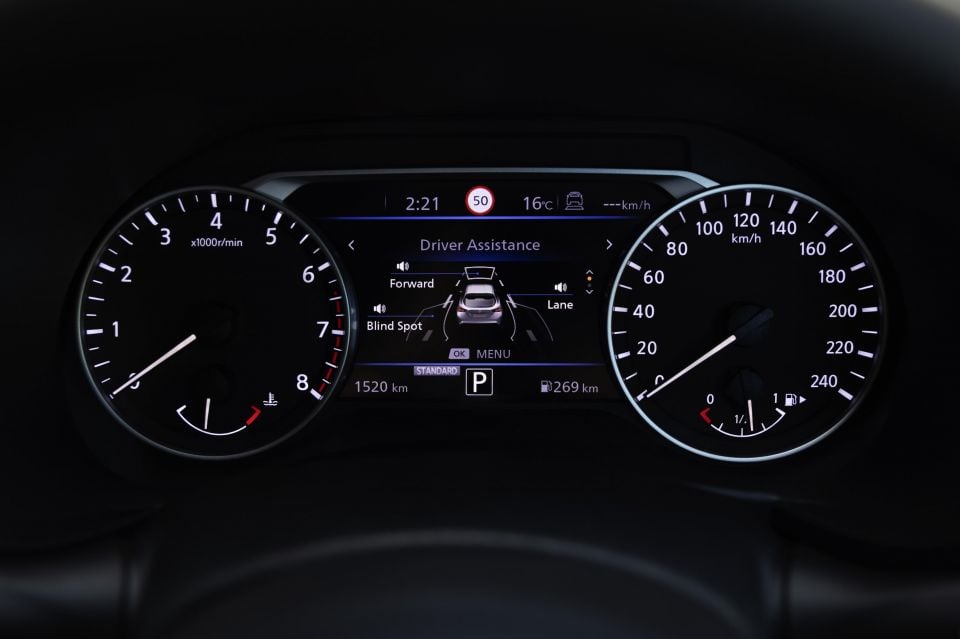
Driver-assist functions include autonomous emergency braking (AEB) that can spot pedestrians and cyclists, a forward collision alert, lane-departure warning, blind-spot monitoring, rear cross-traffic alert, traffic-sign recognition, active cruise control, and a lane-keeping assist system that uses braking to push to car back between road lines. Other brands use steering assist, which works more obviously than Nissan’s solution.
“Tests of the AEB system showed good performance with collisions avoided or mitigated in most test scenarios,” ANCAP said.
“Tests of the LSS [lane assist system] functionality showed good performance in lane keep assist tests, however the system does not intervene in more critical emergency lane keeping scenarios and overall performance was classified as adequate.”
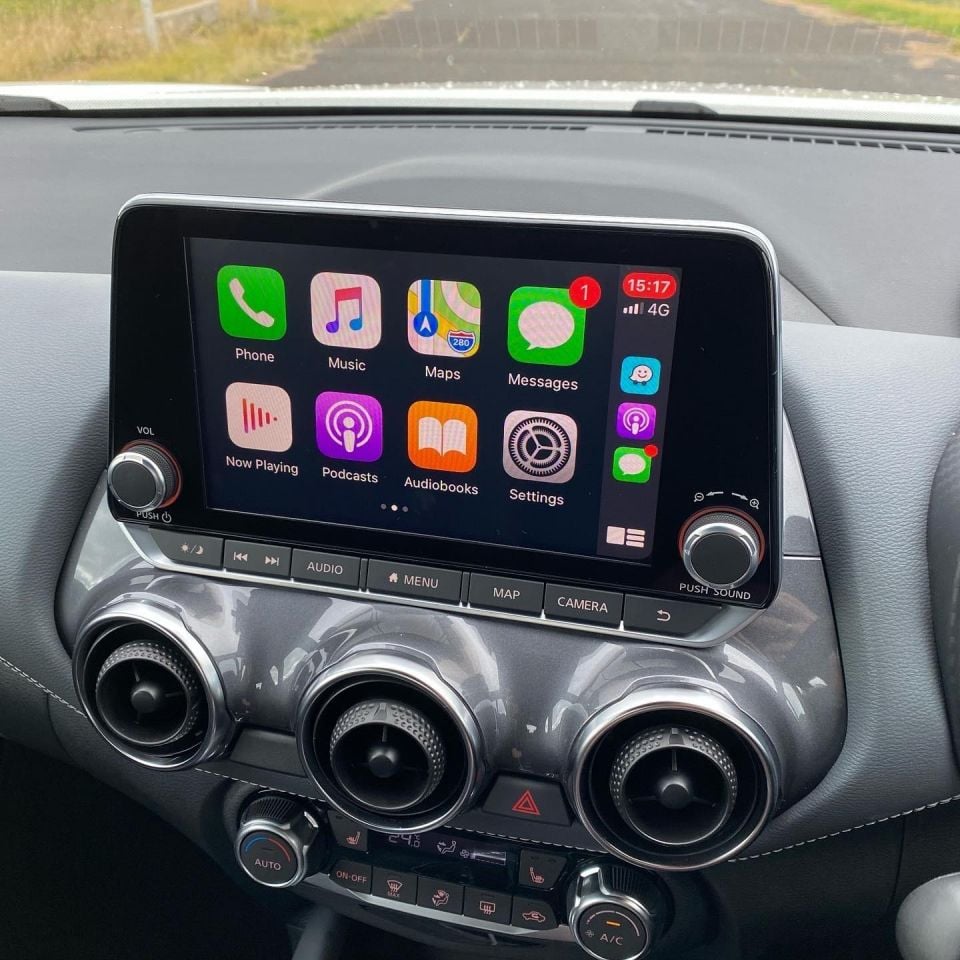
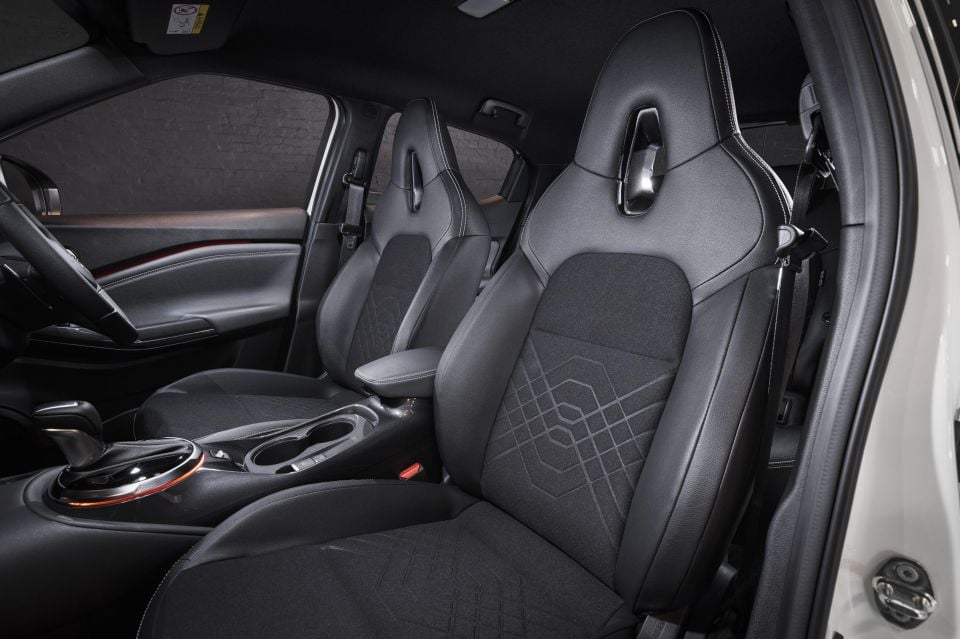
There’s a heck of a lot to like in here. It’s all very nicely designed and finished with soft-touch surfaces, quality stitching, red night-light piping, and various patterned inserts to liven the ambience. And the rounded air vents that click-clack satisfactorily are a nice touch.
There’s plenty of seat and steering wheel fore/aft adjustment, and the coveted raised driving position. Moreover, the wheel buttons are simple to work out, there are padded knee-rests, and the screen and other switches are easy to reach.
The driver’s instruments comprise analogue gauges and a digital screen between with a speedo, plus other trip data. There’s no head-up display, however. The centre 8.0-inch display is generally pretty simple operate, and this one was free of the glitches I found in a recent Nissan Navara test drive. I also welcome Nissan’s decision to retain some shortcut buttons and dials.
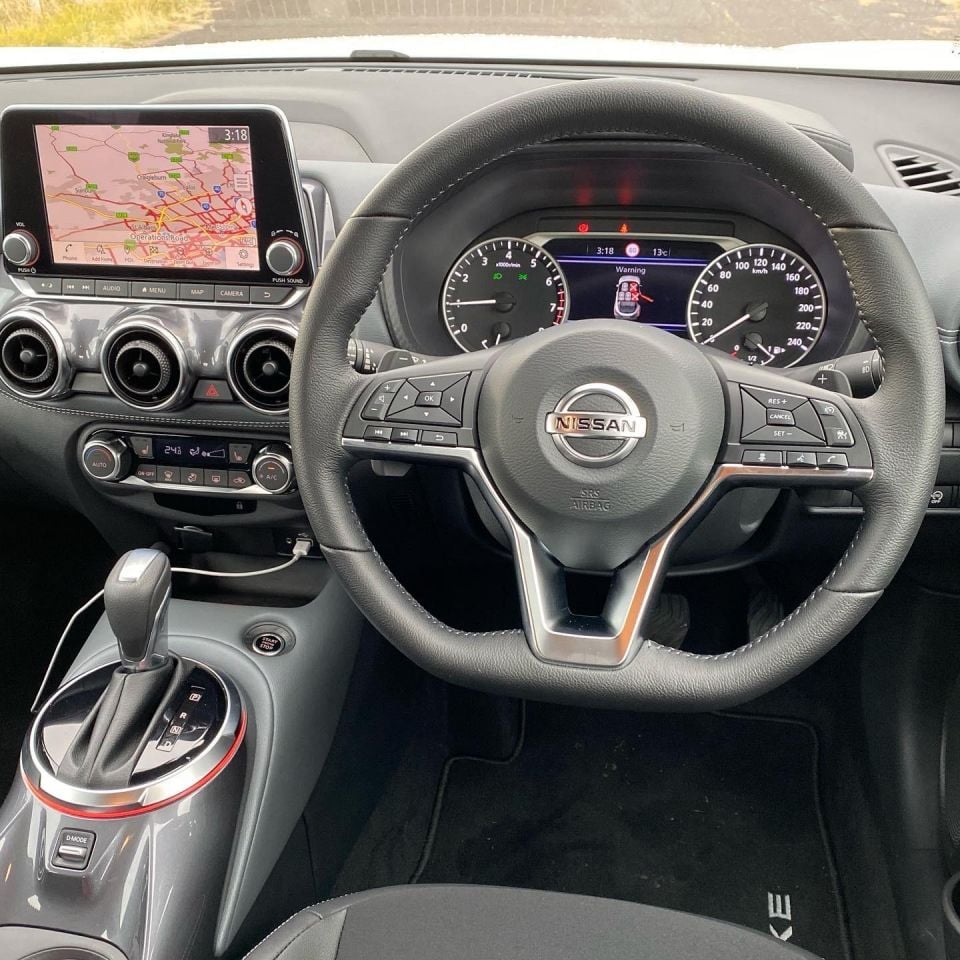
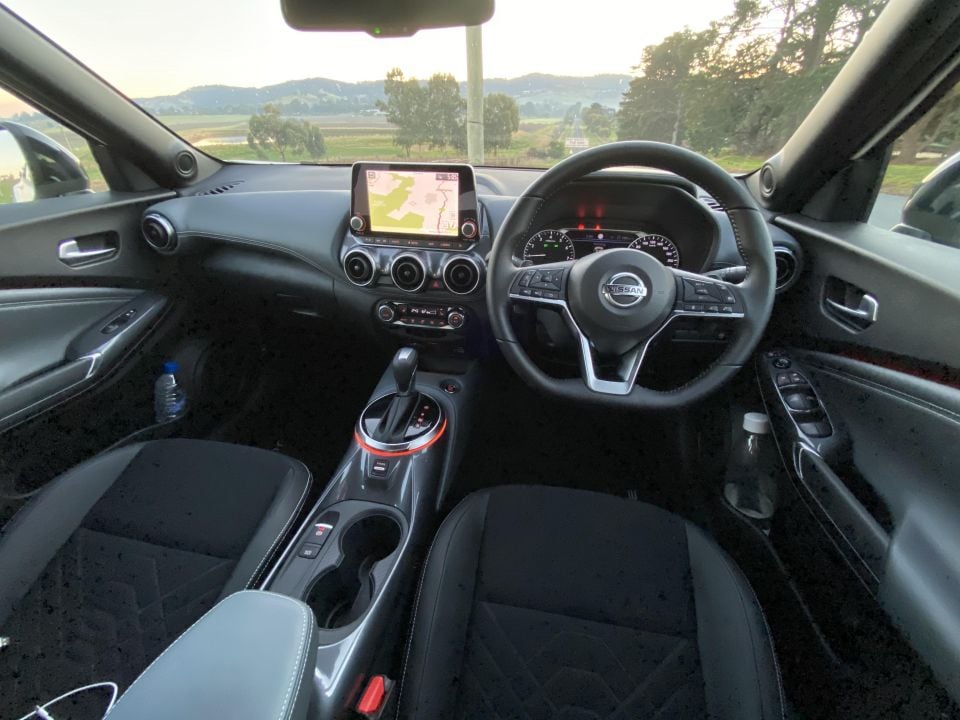
I don’t like the supposedly “leather-accented” steering wheel which felt like polyurethane to me. There was also squeaky plastic trim surrounding the centre screen, and the button you pull inwards to move the gear shifter failed to slot back into place without some jiggling.
Good work by Nissan to fit a 360-degree parking camera, but its resolution is unfortunately grainy when you want finer details. I drove a basic Renault Master van the other week with a crystal-clear view, so I’d expect a luxury-lite small SUV to at least match that.
Storage options include a small console, door bins, a soft open section below the fascia, two fairly small cup holders, and a glovebox. A Qi wireless phone charging pad would be a welcome addition for the first update.
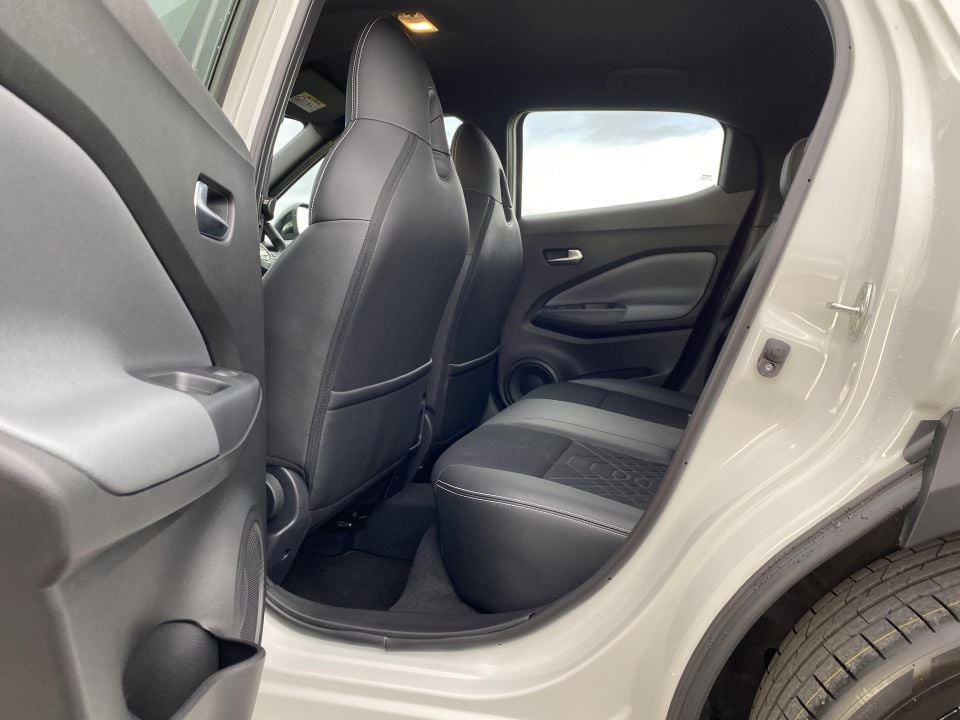
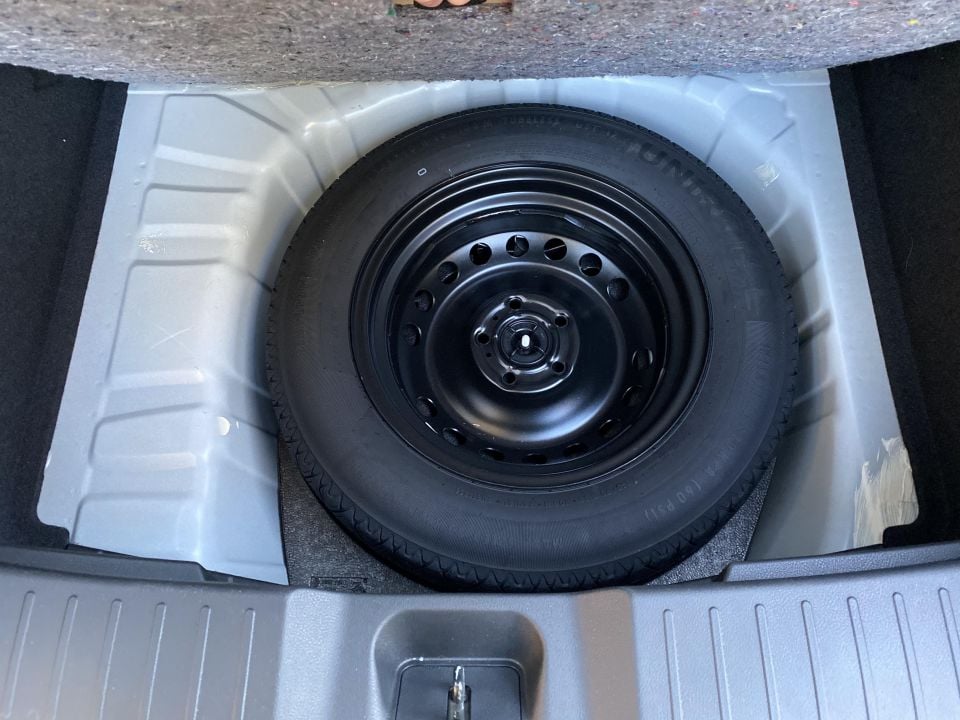
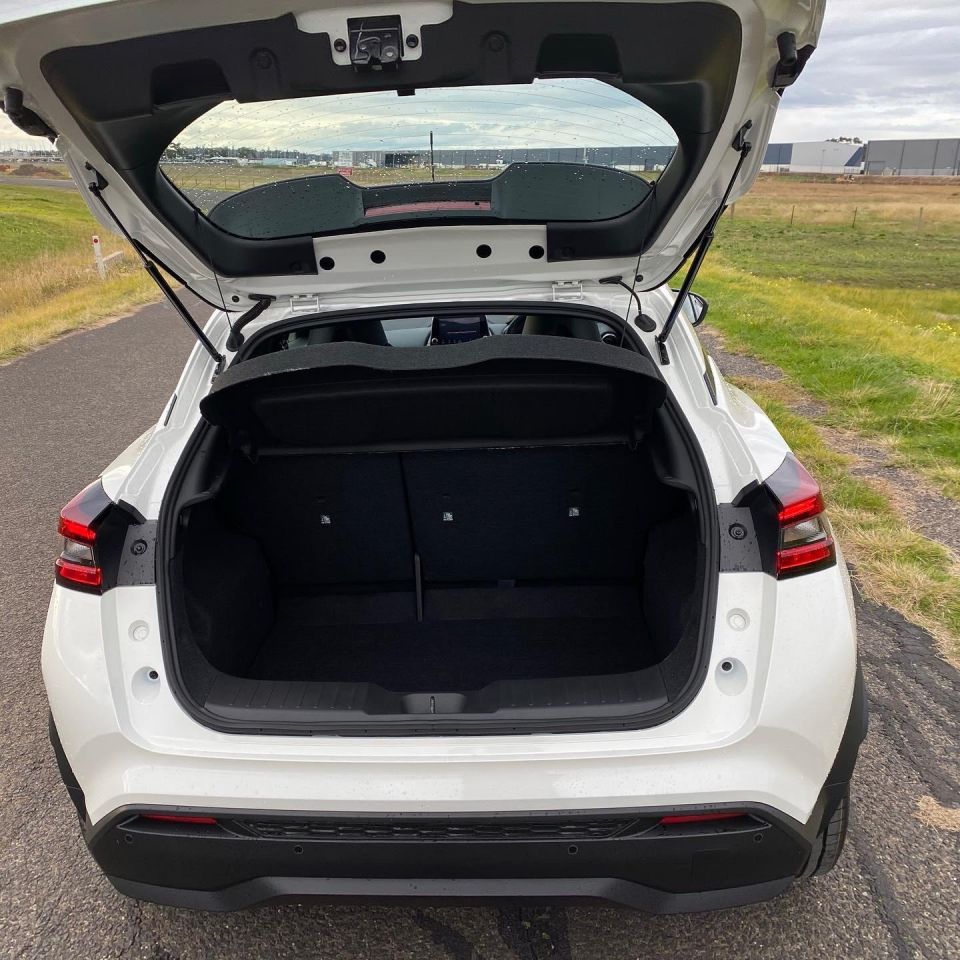
To the packaging. This iteration of the Juke is a bigger car than its predecessor, measuring 4210mm in length (+75mm), 1800mm wide (+35mm) and 1595mm tall (+30mm).
The longer wheelbase, lower rear floor, and redesigned front seats have improved interior space, especially for rear-seat passengers, where knee room has increased by 58mm and headroom 11mm. Rear occupants also benefit from a larger rear door aperture and a lower (by 12mm) hip point.
Back seat space is surprisingly good. Two normally sized adults will fit, so long as the driver is willing to shuffle forward. I’m 194cm and could sit behind my own driving position, not in total comfort but bearably enough. Headroom, the small windows, and large c-pillar are the hindrances.
The rear luggage space is accessed via a lower load lip, leading to a larger cargo area, at a quite capacious 422 litres – up 68L. The rear has retained its 60/40-split fold-down function to expand the cargo space to 1305L.
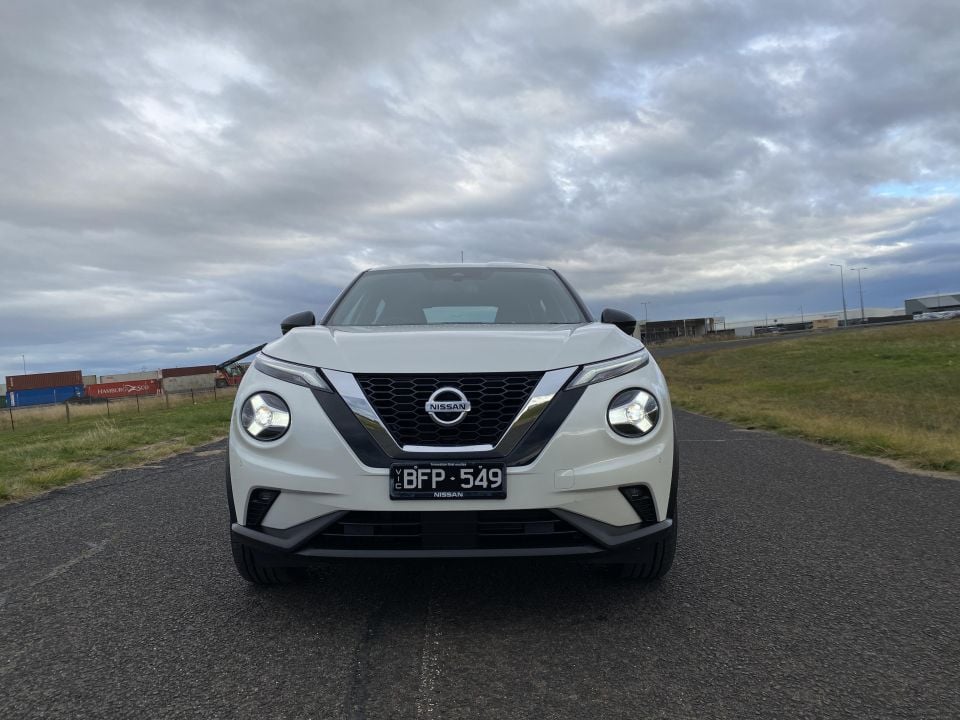

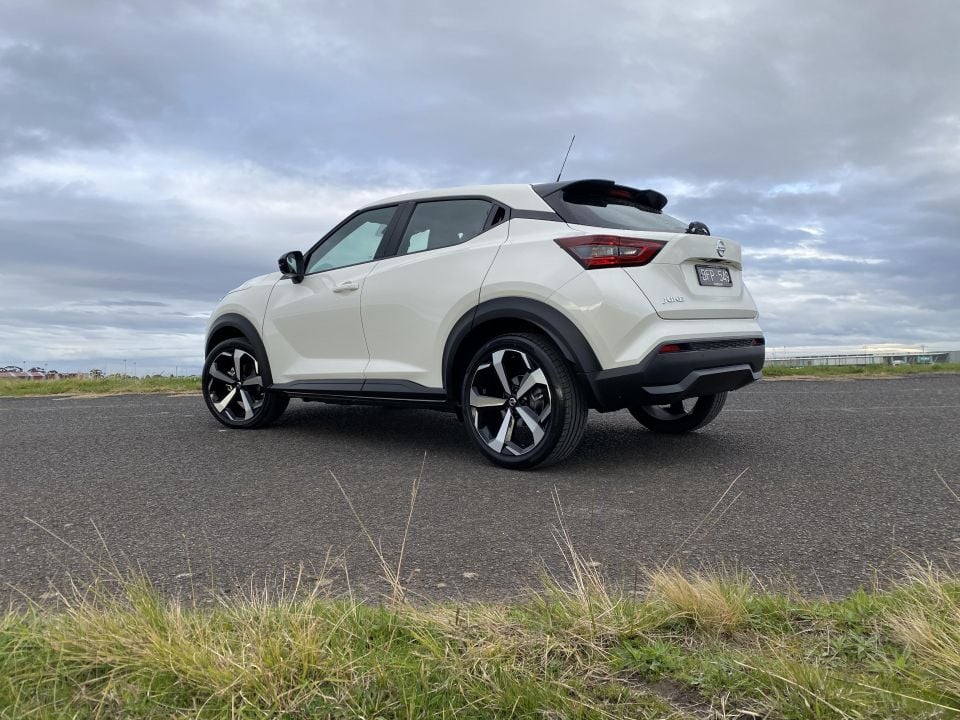
Nissan has pared back the drivetrains to one offer: a single petrol engine, dual-clutch automatic (DCT) with paddles for manual mode behind the wheel, and front-wheel drive.
The old Juke came with three petrol engine choices: a 1.2-litre turbo with a manual gearbox, a 1.6-litre naturally aspirated with CVT auto, and a 1.6-litre turbo with CVT or manual, front- or all-wheel drive.
The new model’s engine has been designed with efficiency front and centre, because Europe demands low CO2 outputs in a way far beyond the Australian market.
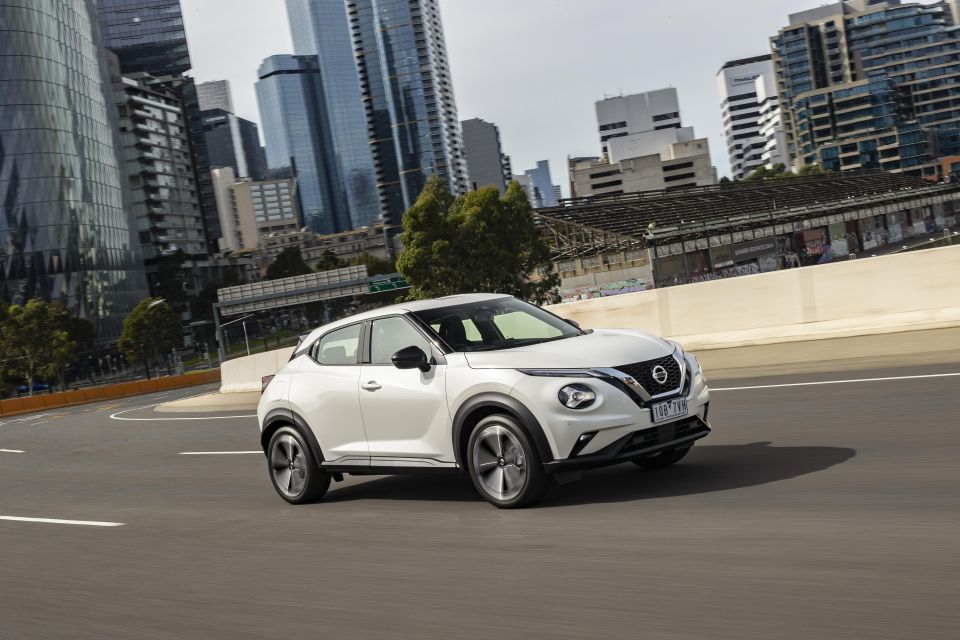
It’s a 1.0-litre turbocharged three-cylinder just like the Volkswagen T-Cross, making 84kW of power and 180Nm of torque, the latter at 2400rpm. Given it weighs 1274kg, that means a power-to-weight ratio of 68.6kW/tonne – lower than the old model range.
The figures aren’t notable outliers for the class though. The T-Cross has 85kW/200Nm, the CX-3 110kW/195Nm, the C-HR 85kW/185Nm, and the Kona 110kW/180Nm (although a 130kW/265Nm turbo and all-wheel drive is available).
It requires 95 RON premium fuel. Nissan claims consumption of 5.8 litres per 100km on the combined cycle, which is only 0.5L/100km less than the old 1.6-litre aspirated engine/CVT, and inferior to the 5.6L/100km claim for the old 1.2-litre four-cylinder turbo/manual combination.

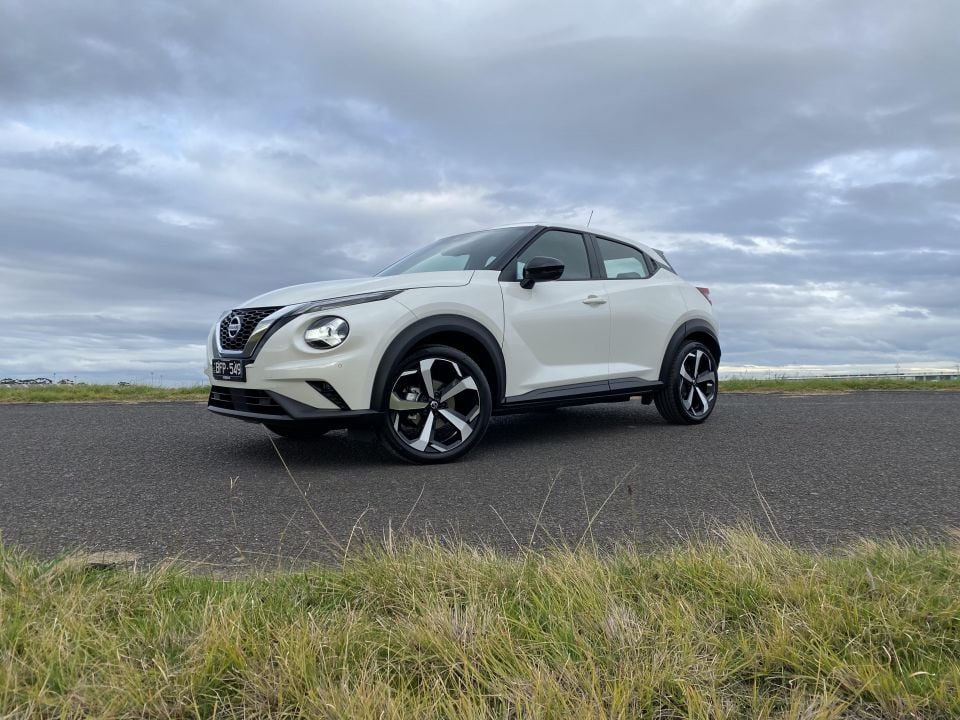
The engine has the off-kilter, thrumming note typical of three-cylinder units, though it’s balanced enough to keep unpleasant vibrations tempered. It has oodles of character and plenty of torque (pulling power) at low engine speeds to feel more potent than its tiny displacement suggests.
On my drive I averaged 6.5L/100km fuel consumption, which is certainly efficient, though if you want maximum mileage a hybrid Toyota C-HR is a sharper bet again. Nissan Australia doesn’t offer a 0-100k/h time, but I averaged 11 seconds on a dry road. That’s hardly fast.
There’s a Sport driving mode button that sharpens the throttle response, and an Eco mode that does the opposite to minimise fuel use. The car defaults to a generic mode that sits between. I enjoyed the drive most in Sport mode, since it added a little sharpness to the throttle upon initial press.
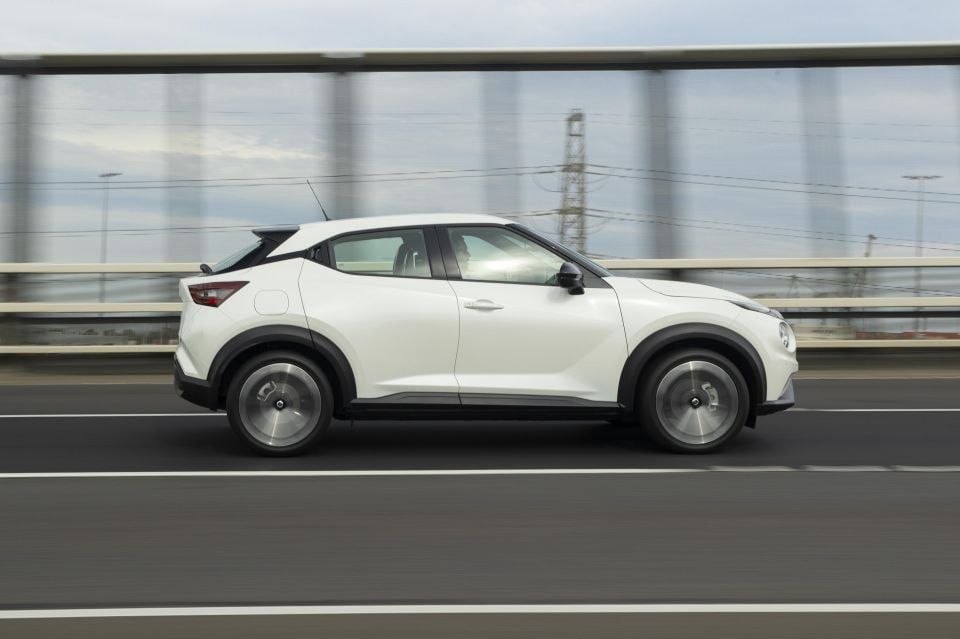
The problem with Nissan’s drivetrain is its transmission. The old CVT reduced fuel use as well, and while it was a little slurry and sluggish, it channelled power in linear and predictable fashion. Nissan’s DCT does not.
There’a a trick to all DCTs. In my experience driving many, you should moderate your throttle inputs, driving as smoothly and non-impulsively as possible, and keep in mind their tendency to lag at low speeds in return for their rapid and smooth shifting on the fly.
But there are parameters that should be met, and the Nissan unit needs some tweaking. Too often the transmission hesitates off the mark, for a good half-second before responding to throttle input when you’re seeking a gap, or causes forward/backward head toss with the odd jerky shift. It’s clunky, just like the first Volkswagen DSGs and Hyundai units were.
Come update time, we hope Nissan makes these calibrations.
On the upside, manual mode adds some sportiness, the electric parking brake is paired with an anti-creep Auto Hold function, and the stop/start system is pretty unobtrusive.
In terms of ride and handling, Nissan touts a new Alliance platform enabling stronger suspension mounts, and housing a stiffer upper body. It also has a system that can apply braking to any wheel at any moment to help you get through corners better. Tackling a roundabout at pace, I reckon you can feel the inside front wheel getting a nibble.
It’s certainly more agile than before, and belies its raised ride height with quite nimble handling against lateral forces. In this sense it lives up to its sporty looks.
For those wondering, the suspension comprises MacPherson struts up front and a torsion beam at the rear, helped out by a stabiliser bar at both ends. Ventilated brake discs are fitted to the front, and solid discs at the rear – though the ST+ uses drums at the rear instead.

The steering is commendably light for urban duties, but fails to gain much resistance at higher speeds, and always feels a little elastic from centre. And the ride quality is definitely impacted by those sexy wheels shod with 225/45 tyres.
The ST-L’s dampers, stops, and springs don’t seem to have been specially tuned to handle this lack of rubber sidewall because, at low speeds in particular, you feel road lumps and bumps through the seat more than you do in the Toyota or Volkswagen, for instance.
A firm ride is fine, but there’s an urban-unfriendly harshness here as well. I suspect the ST+ with its 17-inch wheels higher aspect ratio of 60 might be better.
Noise, vibration and harshness is generally well controlled, though there is some tyre roar over coarser surfaces, and some wind noise emanating from the b-pillar at highways speeds. Not huge issues.
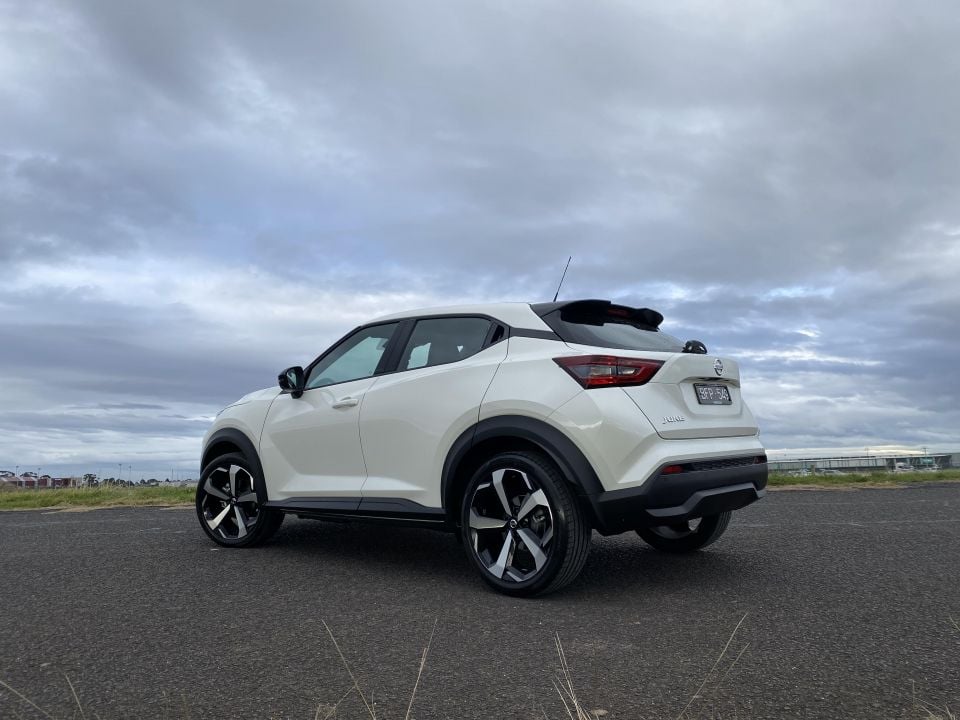
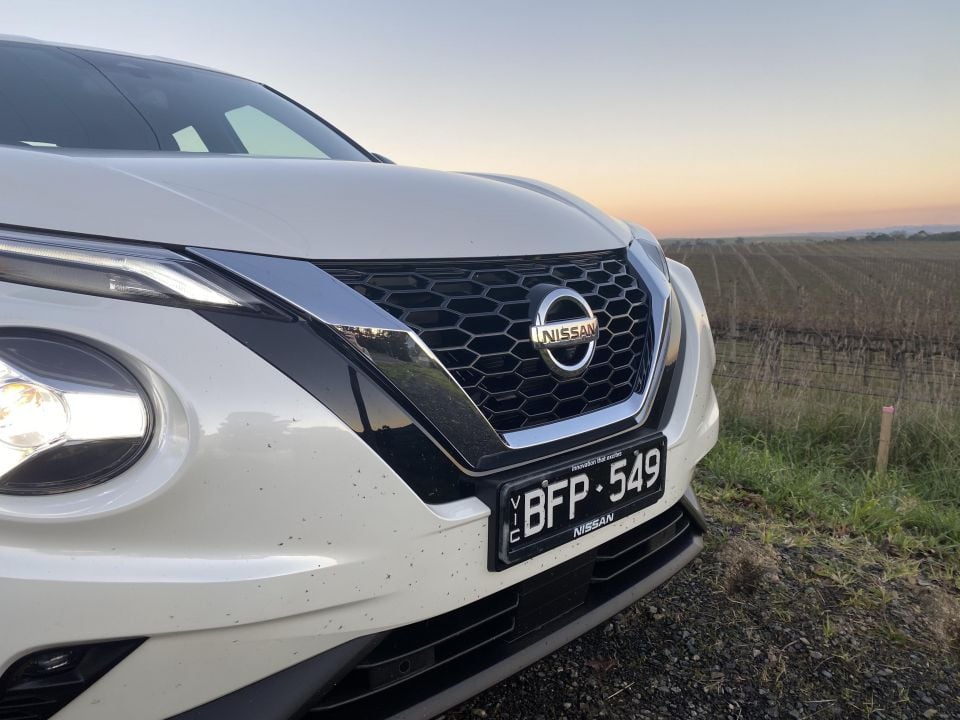

Where expert car reviews meet expert car buying – CarExpert gives you trusted advice, personalised service and real savings on your next new car.
All Nissans come with a five-year, unlimited-kilometre warranty.
The service intervals are a class-leading 12 months or 20,000km (whichever comes first), while the first five visits (five years/100,000km) are currently capped at: $287, $419, $477, $419, and $287. Total cost is $1889.
For context, servicing a Toyota C-HR for four years or 60,000km costs $800, Hyundai’s five-year/75,000km package on a Kona 2.0-litre costs $1420, and Volkswagen’s five-year/75,000km package for the T-Cross costs $1800.
So if you drive more than 15,000km annually the Nissan’s plan makes some sense, but otherwise the company’s servicing remains on the pricier side.
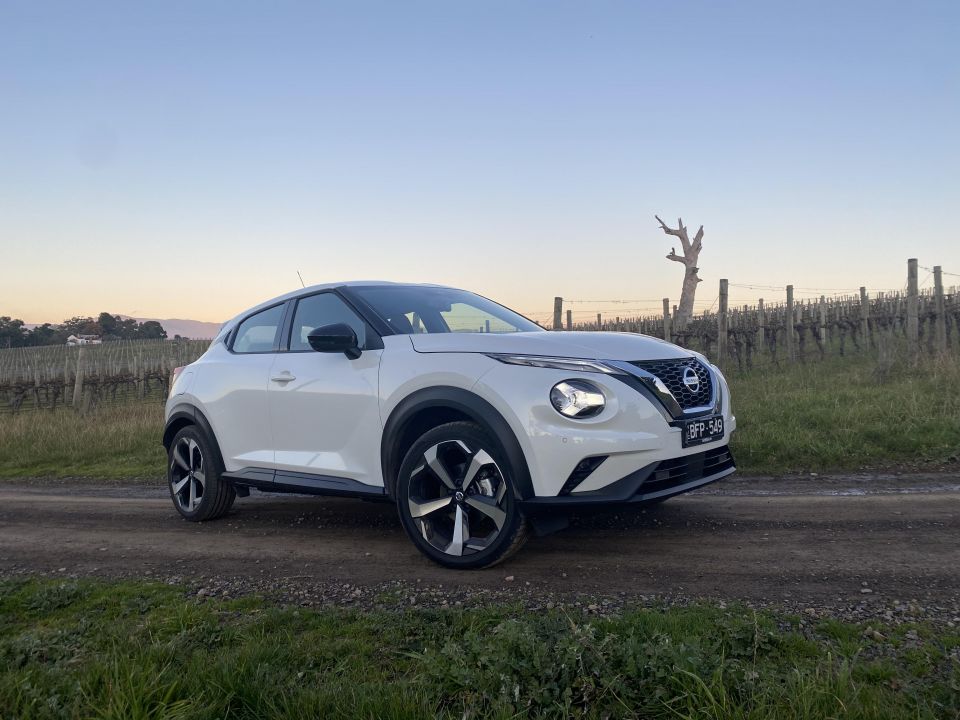
Buy your new car without the stress. It's fast, simple and completely free.

Great service from Travis and team, second time I have used this business would not hesitate to recommend them to anyone
Craig C.
Purchased a Ford Ranger in Sunshine Coast, QLD
CarExpert helped Craig save $7,224 on his Ford Ranger, now let us save you on your next new car.
Get your BEST priceIt’s certainly good to see Nissan launching some fresh new product.
There’s no doubt this new Juke is streets ahead of the old one. And given the target buyer often just wants a funky-looking little hatchback with some ride height and a sense of fun, it’s a success.
But we also didn’t find the DCT, ride quality, or overall value proposition to be class-leading by any means. If these issues bother you, then take a test drive before committing.
We’ve filmed an extensive video on the Juke TI. Go check that out here!
Where expert car reviews meet expert car buying – CarExpert gives you trusted advice, personalised service and real savings on your next new car.


Josh Nevett
1 Month Ago
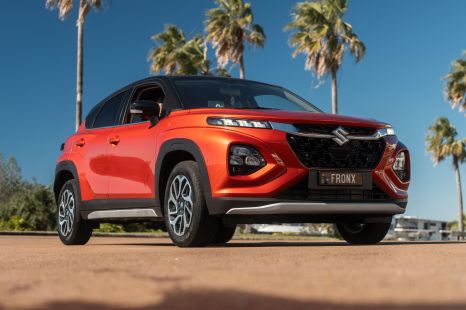

William Stopford
1 Month Ago


Matt Campbell
1 Month Ago
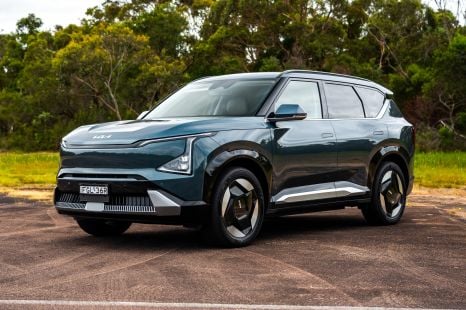

James Wong
27 Days Ago


CarExpert.com.au
21 Days Ago
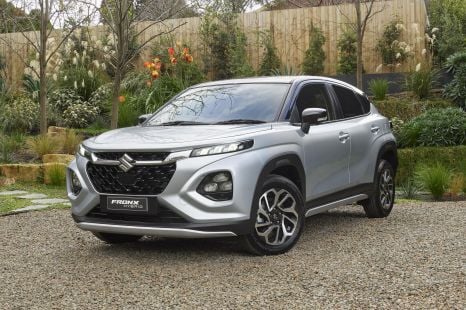

William Stopford
12 Days Ago